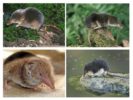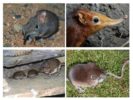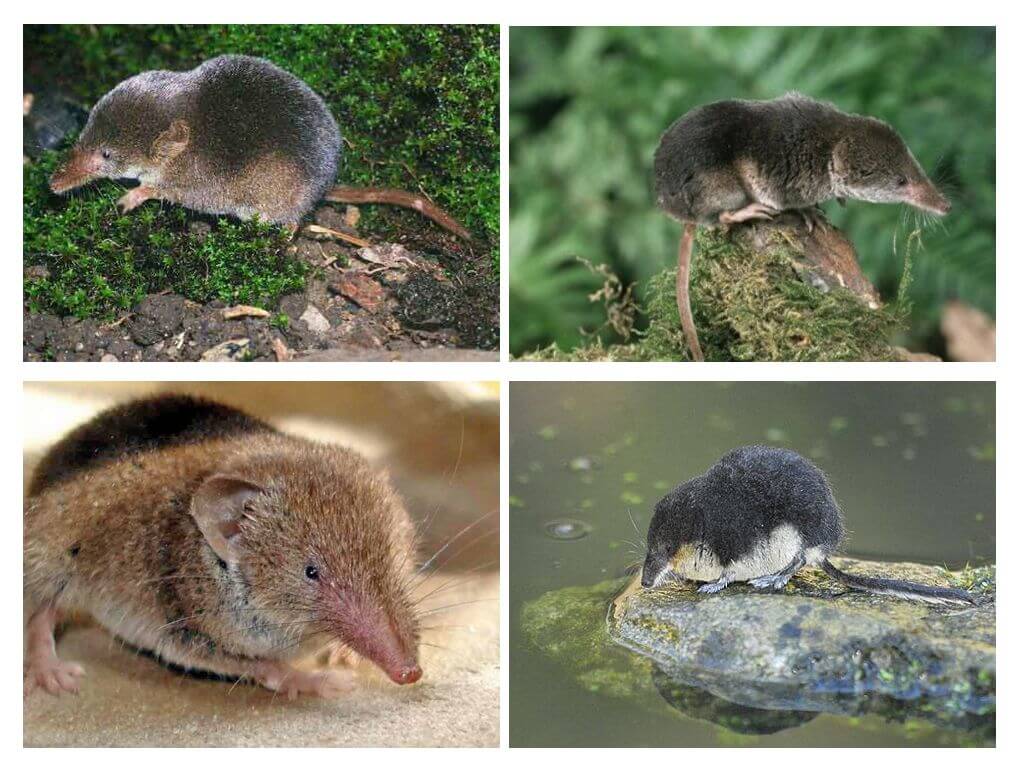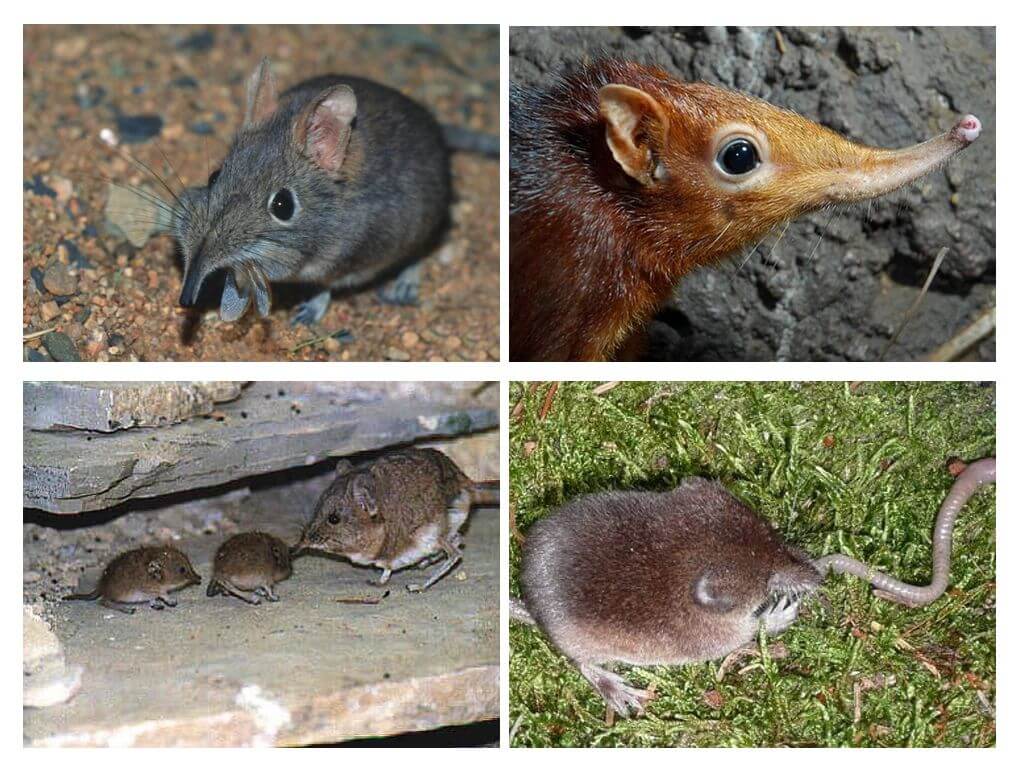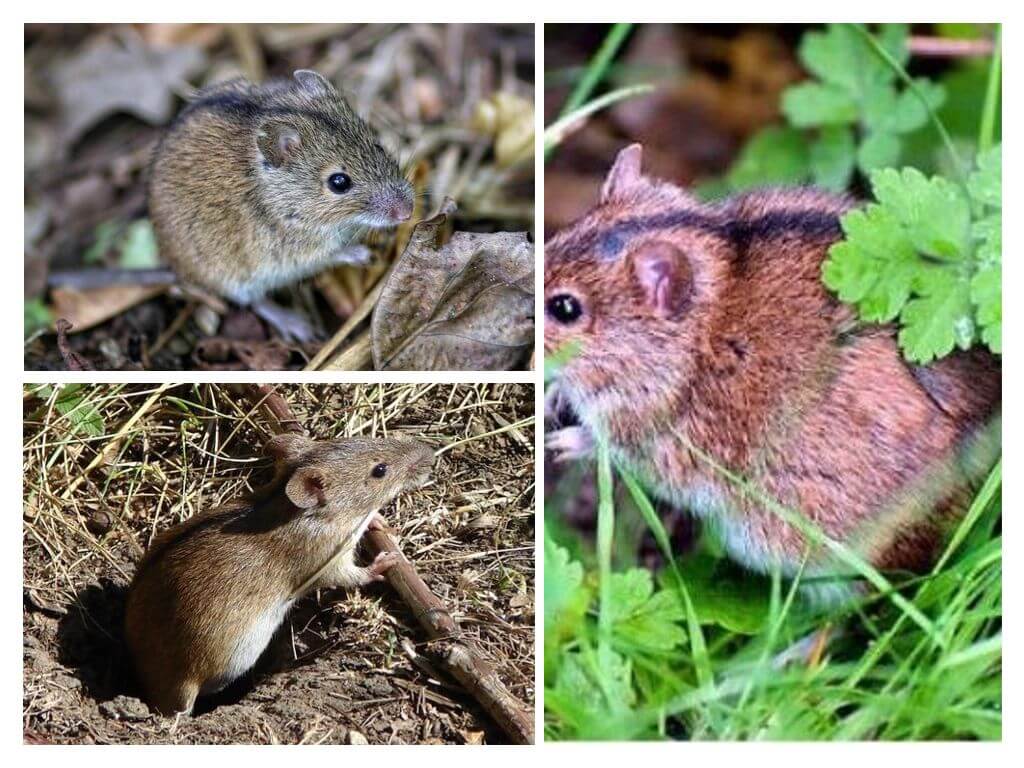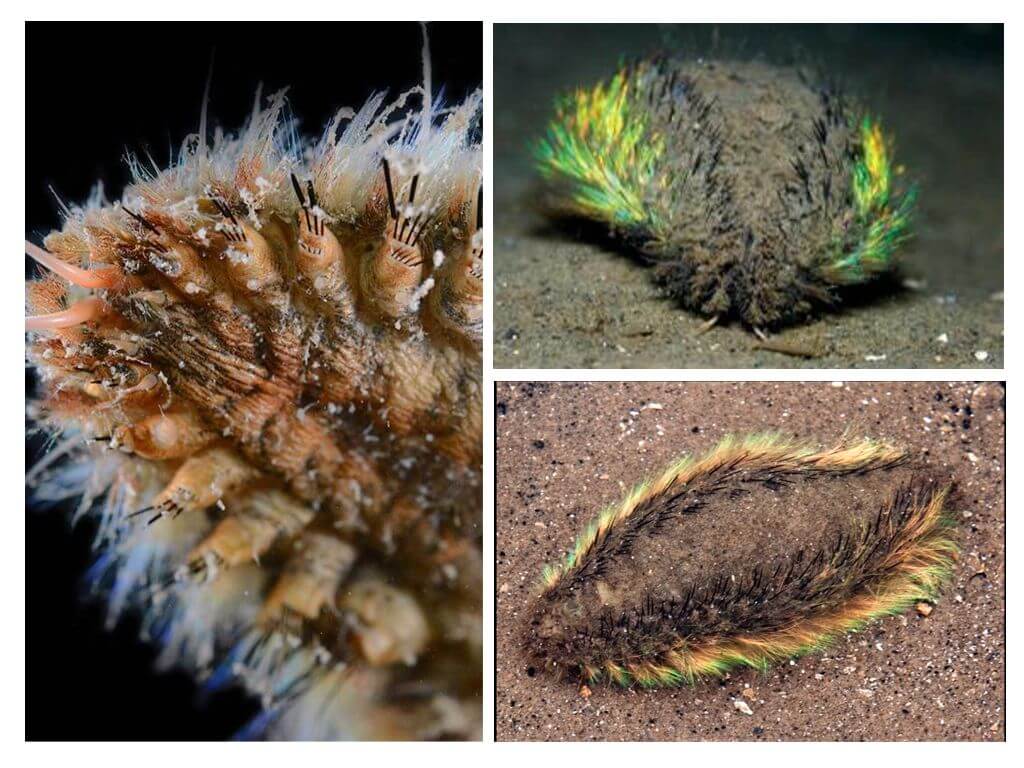- Types of Shrews
- Shrew habitat
In the fields you can see a mouse with a long nose. The animal is very similar to an ordinary vole, but it does not do as much harm to a person as his brother. His closest relative is mole. Shrew, on the contrary, often helps people. Her diet consists of various insects that harm crops, and the animal does not touch plants.
What does it look like
The mouse shrew is one of the smallest mammals. The weight of the smallest animal reaches 2 grams and does not exceed 3 centimeters. Newborn babies of this shrew weigh less than one gram. But some individuals have a mouse size. Their weight reaches 200 g, and their height is 12 cm.
The body structure of the shrew has the following features:
- Her head is large, ending with a small curved proboscis.
- The fur is dense, short, velvety.
- In some species, the tail is short, while in others it exceeds the length of the body.
- The ends of small teeth are covered with durable enamel, which grinds to the end of life.
- Near the tail is a secret that gives off a pungent odor.
The mouse with a long nose, like a mouse, lost its sharp vision during evolution. He is oriented in space due to his sharp sense of smell.
On a note!
It is worth looking at the photo of the shrew and it will become clear that shrew appearance very different from a regular mouse.
The skull of a mammal has an expanded cerebral region. The weight of the brain is 1/10 of body weight, which exceeds the size of a person and a dolphin.
Kinds
Common shrew
The elongated nose of the animal has a blunt shape. The back of the body is painted in a dark brown color. The tummy is also brown, but lighter. The ears are completely covered with short and thick fur. The tail of a shrew mouse is equal to the length of the body. There is no wool on it. Mouse life span with a long nose - two years.
Interesting!
Young growth often has a lighter color.
The animal can grow up to 8 mm. Weight ranges from 4 g to 16 g. The tail grows to 7.5 centimeters.
Tiny shrew
The smallest mammal that lives on the territory of the Russian Federation. Body size ranges from 4-5cm. The tail does not exceed three centimeters. The weight of the animal is 2 g, but can reach 4 grams. The nasal part of the head resembles a proboscis.
Interesting!
A tiny animal is known as a short-tail mouse. The tail is half the length of the trunk.
The body and tail of the mammal is covered with a thick and short coat. The abdomen has a silver color, and the back is brown or brown. The transition of color from dark to light is clearly visible on the sides of the body. In winter, the animal is painted more intensely.
The shrew is listed in the Red Book of the Murmansk region. The exact number of tiny shrews is impossible to calculate because of its small size.
House shrew
This mouse is also called long-tailed shrew or common shrew. The length of the animal reaches 8 centimeters, and the tail grows to five centimeters. The fur on the back is dark, brown.The tummy is painted gray.
Interesting!
The animal loves to live in gardens and fields. It is perfectly adapted to the neighborhood with man.
A shrew mouse can live in a basement or cellar. There she seeks out human food and can eat up stocks of fat, sour cream, meat. Then you have to deal with getting rid of the invader. In the wild, the animal preys on insects and small mammals. Oriented by smell and can funnily bend the nose while sniffing prey.
Water shrew
The animal has another name - common cutter. The animal grows up to 12 centimeters, and its tail reaches 55 mm in length. There are membranes on the fingers that help the mammal swim.
The mouse can dive and swim quickly. Her life passes near swamps, lakes and rivers. There she hunts and earns herself food.
Lifestyle and habits
An interesting fact about mice you can name the way how small gray mice with a curved nose use an unusual way to transfer offspring from one place to another. If the mother needs to transfer the brood, then she substitutes a tail for one cub. He grabs his mother with tenacious teeth and turns his tail to another baby. It turns out a chain. So the animals can get to the new shelter in full strength.
Interesting!
If the growing young growth reaches the size of adult individuals, then it begins to decrease. This unusual feature was discovered by A. Dennel, a zoologist from Poland.
Shrew mice breed after winter. In one litter, after three weeks of pregnancy, an average of 5 babies appears. Young growth leaves the shelter at the age of three weeks.
Mice do not live long - 1.5-2 years. The life expectancy of females is longer than that of males by one month.
In their habitat, they may encounter the following enemies:
- lizards;
- other shrews;
- other types of mice.
In this case, the mammal behaves aggressively, trying to drive the enemy out of its territory.
Interesting!
The shrew got its name because it digs up the upper part of the earth with its nose when it seeks food for itself.
Birds of prey and snakes prey on kids. Musk secret guards them from foxes, cats and other carnivorous mammals.
If this animal appeared on your territory, then the question may arise how to get rid of the mouse shrew. Pest control methods are the same as with other rodents. Fight a shrew at the site can poison or ultrasonic rodent repeller.
